Here are fascinating facts about the Naga Sadhus, the mystical and awe-inspiring ascetics of India:
India, a land rich in spiritual diversity and cultural traditions, is home to some of the most fascinating and mysterious ascetic groups in the world. Among them, the Naga Sadhus stand out as one of the most iconic and enigmatic. Recognized by their ash-covered bodies, long matted hair, and complete renunciation of worldly life, Naga Sadhus are not just wandering monks—they are warriors, philosophers, and spiritual seekers all in one.
This article delves into the origin, way of life, and significance of the Naga Sadhus in Indian religious traditions, especially within the framework of Hinduism.
Who Are the Naga Sadhus?
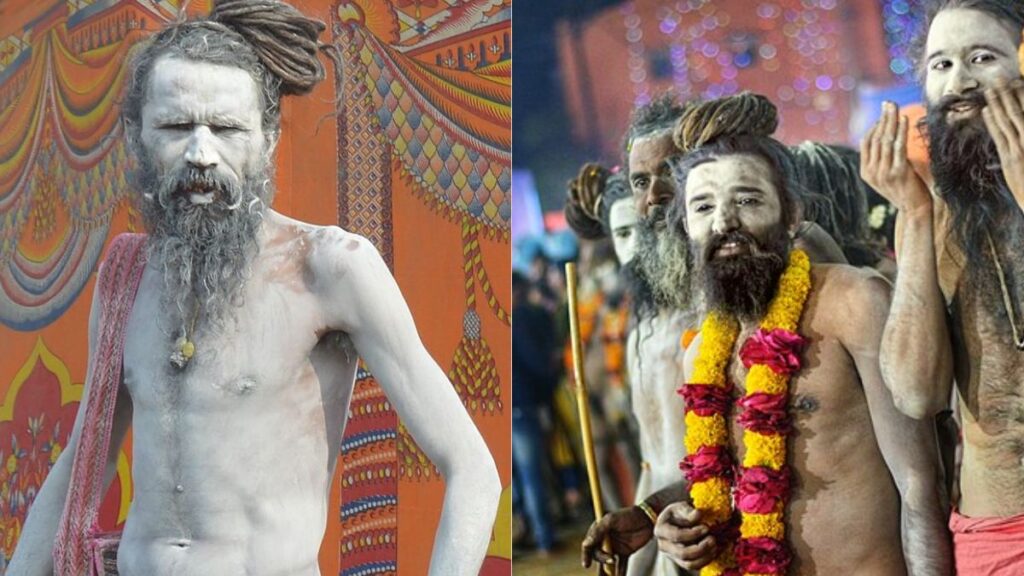
Naga Sadhus are Hindu ascetics belonging to the Shaivite sect (followers of Lord Shiva). The term “Naga” literally means “naked,” symbolizing their complete detachment from material possessions and ego. These monks live a life of extreme renunciation, dedicating themselves to spiritual pursuits, meditation, and self-discipline.
Naga Sadhus are usually initiated into various Akharas—traditional monastic orders that date back centuries. These Akharas are spiritual institutions that follow strict codes of conduct, and they serve as both religious centers and training grounds for the sadhus.
Historical Origins
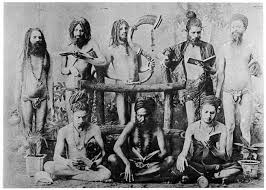
The roots of the Naga Sadhus go back to ancient India, possibly even pre-Vedic times. However, their formal organization is often attributed to Adi Shankaracharya, the 8th-century philosopher and theologian who played a crucial role in unifying Hinduism.
During a time when Buddhism and Jainism were gaining popularity, Adi Shankaracharya created the Dashanami Sampradaya and established several Akharas to preserve and promote Vedic traditions. The Naga Sadhus were trained as both spiritual warriors and defenders of Hindu dharma.
These monks were not only ascetics but were also armed with weapons and trained in martial arts like Kalaripayattu and sword fighting. Their warrior role was particularly significant during periods of religious conflict or foreign invasions.
Initiation and Training
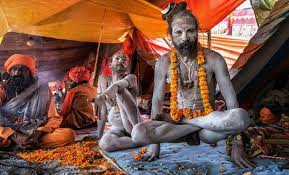
Becoming a Naga Sadhu is not a simple choice—it involves an intense and life-changing initiation process called “diksha”.
The Initiation Process:
- Renunciation: The seeker must completely give up their family life, name, property, and identity.
- Guru Selection: The aspirant chooses a guru from within the Akhara who agrees to mentor them.
- Living in Seclusion: Before full initiation, the seeker lives under strict discipline, serving the guru and engaging in daily rituals.
- Mundan (Head Shaving): During the initiation, the aspirant’s head is completely shaved, symbolizing the removal of ego and previous identity.
- Nakedness: The aspirant then discards all clothes, becoming a Naga—symbolizing absolute detachment and spiritual purity.
- Pledge of Celibacy and Austerity: The new sadhu takes vows of celibacy, non-violence, and detachment from material pleasures.
Once initiated, the Naga Sadhu is considered reborn and now lives a life of complete asceticism.
Way of Life
The life of a Naga Sadhu is marked by extreme discipline, spiritual focus, and physical endurance.
Key Aspects of Their Lifestyle:
- Nakedness: Most Naga Sadhus live without clothes to represent freedom from desire and ego. In colder regions or seasons, they may wear minimal saffron cloth.
- Ash-Covered Bodies: They smear ash from sacred fires on their bodies, which represents death of the material self and reminds them of life’s impermanence.
- Long Jata (Matted Hair): Their hair is never cut, symbolizing a spiritual connection and their break from societal norms.
- Meditation and Yoga: Daily life involves long hours of meditation, chanting mantras, and practicing advanced yogic techniques.
- Wandering Lifestyle: Most Naga Sadhus are itinerants, traveling from place to place, surviving on alms, and living in caves, forests, or near rivers.
- Dietary Habits: They usually follow a vegetarian diet, often fasting for long periods and consuming only what is essential.
Despite their extreme lifestyle, they are often known for their calm demeanor, deep wisdom, and detached philosophy.
Weapons and Warrior Identity
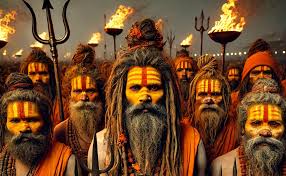
Unlike most ascetics, Naga Sadhus are also warrior monks. They carry weapons such as:
- Tridents (Trishuls)
- Swords
- Spears
- Maces
This tradition stems from their historic role as protectors of Hindu temples and holy sites during invasions. Even today, they undergo rigorous physical training and demonstrate martial prowess during religious events.
Their martial identity is deeply symbolic—it represents the inner battle against ego, lust, greed, and other human vices.
The Akharas: Their Spiritual Home

There are several Akharas, or monastic organizations, under which Naga Sadhus are initiated. Some of the major ones include:
- Juna Akhara
- Niranjani Akhara
- Mahanirvani Akhara
- Atal Akhara
- Avahan Akhara
Each Akhara has its own philosophy, structure, and rituals. They also serve as spiritual training centers and have a hierarchy led by a Mahant (spiritual head).
Naga Sadhus and the Kumbh Mela
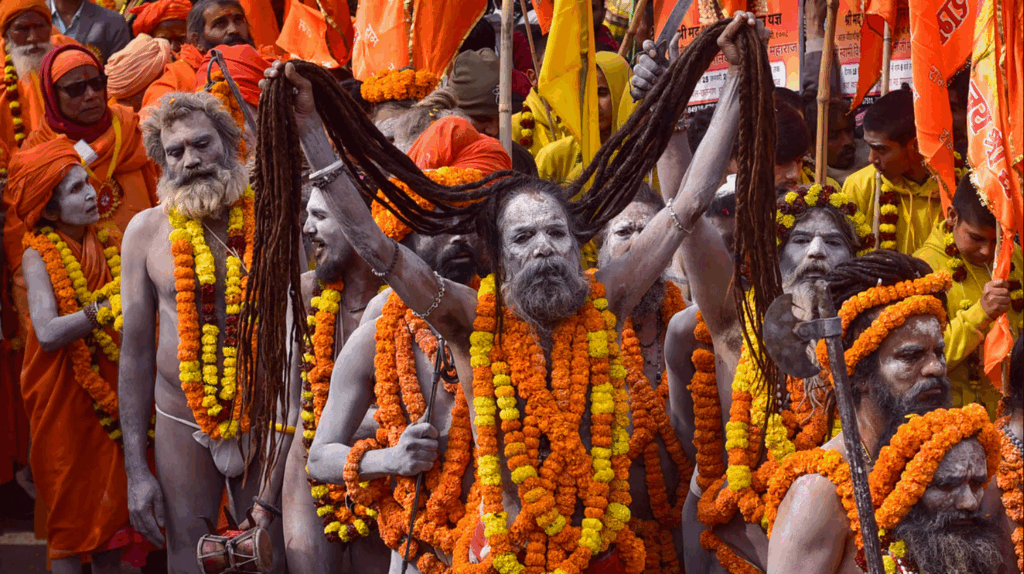
The Naga Sadhus are best known to the general public for their dramatic and majestic appearance during the Kumbh Mela, the world’s largest religious gathering, held every 12 years at four different locations: Prayagraj, Haridwar, Nashik, and Ujjain.
Key Highlights:
- Shahi Snan (Royal Bath): The most iconic moment of the Kumbh Mela is when thousands of Naga Sadhus, covered in ash and chanting mantras, charge into the holy rivers to bathe. It symbolizes spiritual purification.
- Spiritual Discourses and Camps: They also conduct discourses, meditation sessions, and meet other sadhus from across India.
The Kumbh Mela offers a rare opportunity for common people to witness their rituals and seek blessings from these mystical monks.
Contemporary Challenges and Controversies
While many Naga Sadhus continue to follow ancient traditions, modern life has also brought challenges:
- Commercialization: Some camps during Kumbh Melas have become tourist attractions, leading to concerns about the authenticity of practices.
- Fake Sadhus: With increasing popularity, there have been reports of imposters posing as Naga Sadhus to earn money.
- Health Issues: Living in harsh conditions, without proper shelter or medical care, many suffer from health problems, especially during old age.
Despite these issues, the core essence of the Naga Sadhus remains rooted in deep spiritual commitment.
Spiritual Significance
Naga Sadhus symbolize the ultimate renunciation and devotion to the divine. In Hinduism, they are revered as those who have conquered not only the physical senses but also the deeper enemies within—desires, attachments, and illusions.
They follow the path of moksha—liberation from the cycle of birth and death—and spend their lives in pursuit of oneness with Shiva, the god of destruction and transformation.






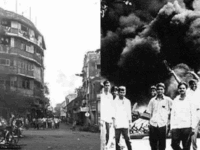










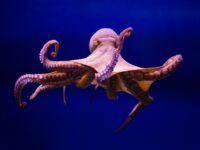



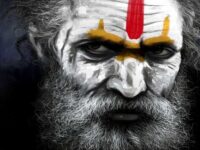











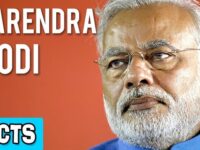




























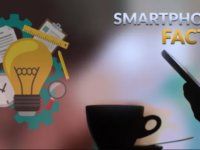



















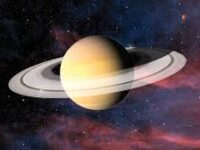



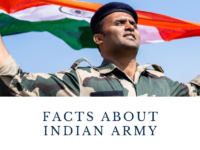






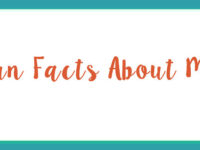

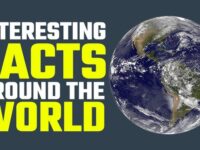








0 Comments